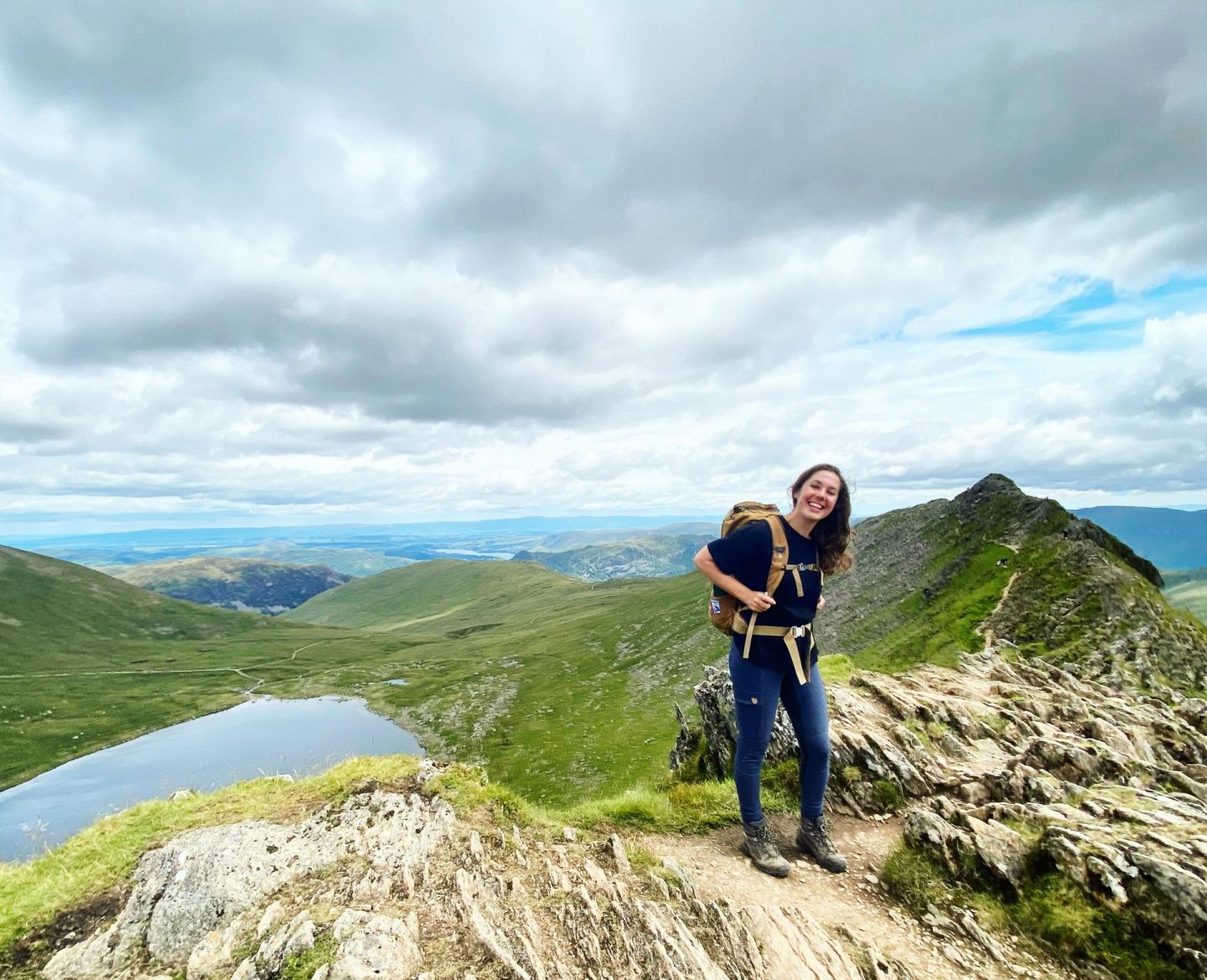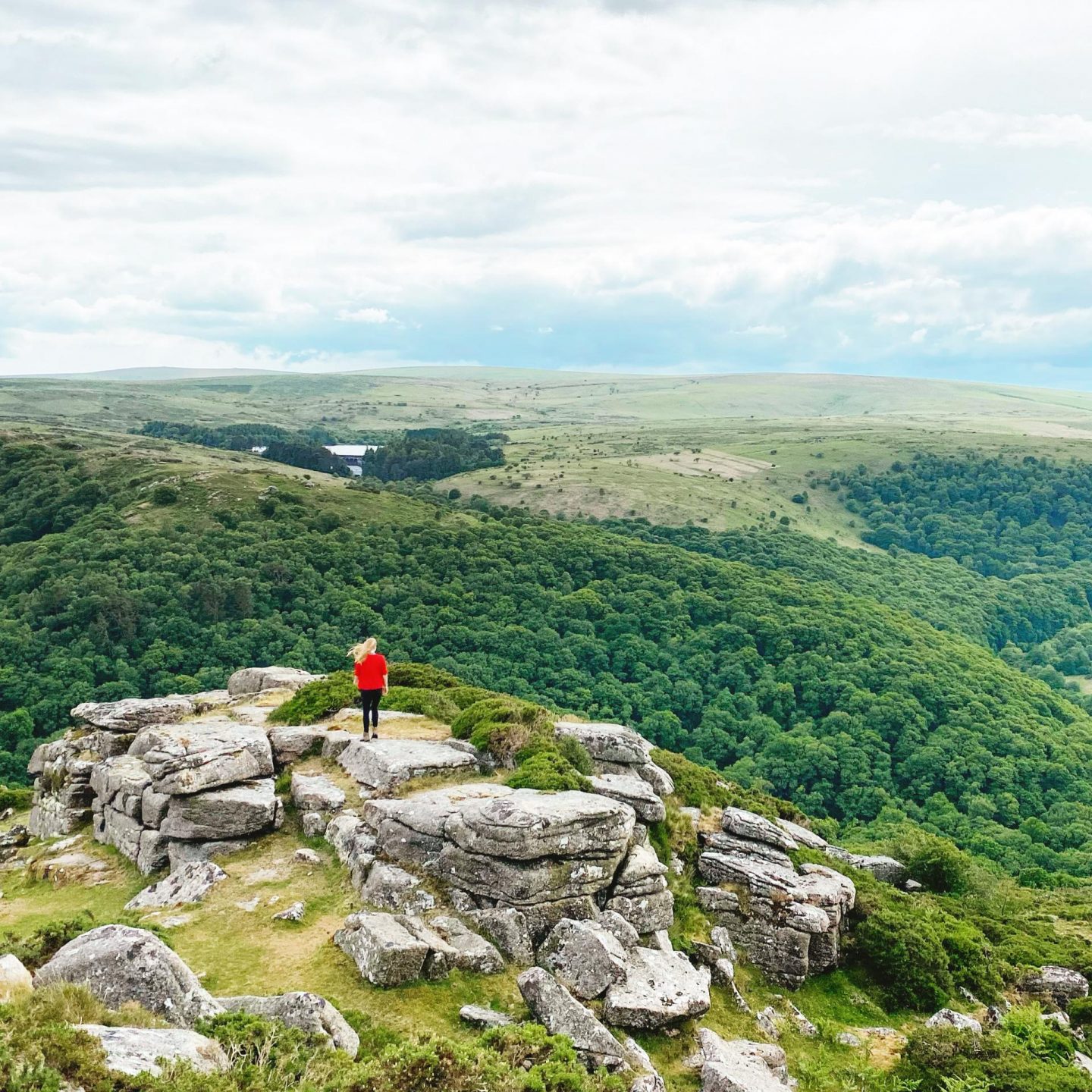
I recently joined ITV News to discuss what we can do to keep each other and the environment safe as we venture outside this summer on camping trips and staycations, and as beauty spots see record crowds and, tragically, the littering and damage that ensues. Here are my ten top tips for getting outside while respecting Britain’s breathing spaces.
How to enjoy the outdoors responsibly (and avoid the crowds) this summer
1. Go early or late. If you do decide to explore a popular beauty spot, try arriving in time for sunset, or even better, getting up to watch the sunrise. Pack a head torch and some breakfast and head out – you’re likely to get to enjoy the ‘golden hour’ (which is great for photography, too) all to yourself.
2. Look online and on mapping apps for local walks and nature reserves that are less well known and that are within a short drive or walking distance from you. Check national park websites, find walks with tempting descriptions from Countryfile and peruse guidebooks such as the Wild Guides to find less popular places to explore. I also use my Komoot mapping app to look for the highlights that other users have recommended that are near famous spots – Helvellyn, for example, is always very busy, but often the surrounding fells such as Dove Crag and Rydal Head are far quieter.
3. This may sound obvious, but if you turn up and find a full car park or a trail full of people, don’t continue. If you arrive to find a crowd, just go somewhere else (or home). Don’t join the masses – and definitely don’t park in illegal or dangerous places, blocking access for locals. The great outdoors will still be there next time around.
4. Leave no trace – even better, take some extra rubbish with you. It’s essential that you take away everything you brought with you, including all rubbish, especially if you’re camping. If you’re wild camping, don’t light fires – bring a small stove instead. It’s only a small minority that are littering, but they cause a big problem to overstretched beauty spots – why not bring along a spare bag and collect some rubbish to take home from your walk or beach day?
5. Think outside the school holidays box. Campsites and national parks are extremely busy (and may be fully booked) in August – but September often has beautifully balmy weather and far fewer people. Book a staycation or a weekend under canvas a little later in the year instead.
7. Give other walkers and campers plenty of space on trails and in campsites, and observe any social distancing rules in place.
8. Travel in your own car if possible – split the ride with friends or family to save on emissions. Or even better, find a local spot to explore that you can reach by foot or by bike from your front door.
9. Fancy a dip in the heatwave? Wild swimming spots are under unusual pressure this summer, with many seeing unprecedented crowds flocking for a swim – and lots of littering and damage. If you do go for a swim, pick an established spot where wild swimming is permitted and avoid going on hot sunny days, especially on the weekend. Try arriving early or late, or go mid-week. Follow my wild swimming safety tips, and avoid swimming in reservoirs, which can be dangerous and are usually out of bounds.
10, Go further from amenities. If you’re camping or campervanning and you have all the essentials you need for a few nights in the great outdoors, it’s always worth the effort to travel that extra distance – many parts of the South West is packed at the moment, but you’re unlikely to find crowds at the tip of Cape Wrath in Scotland, say, or in wilder parts of Ireland. Or stay on the edge of a national park rather than in it – you can dip in and out of their iconic landscapes without adding to the numbers staying the night there.
